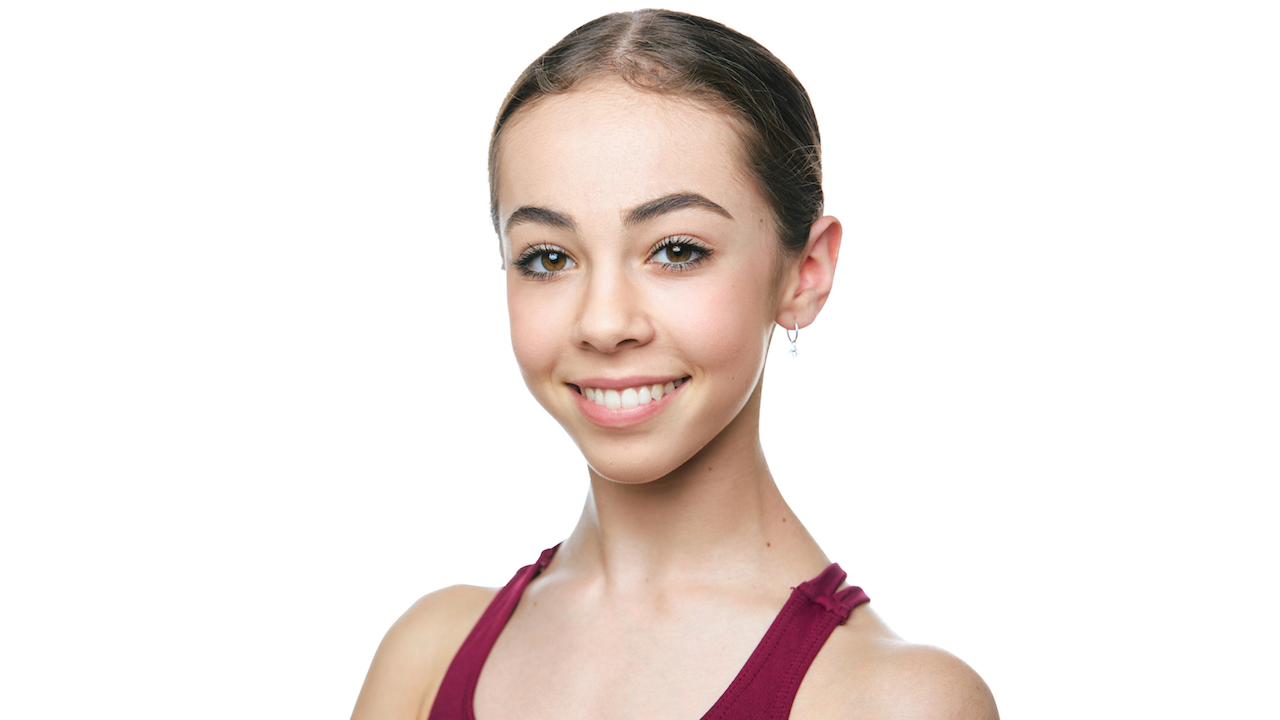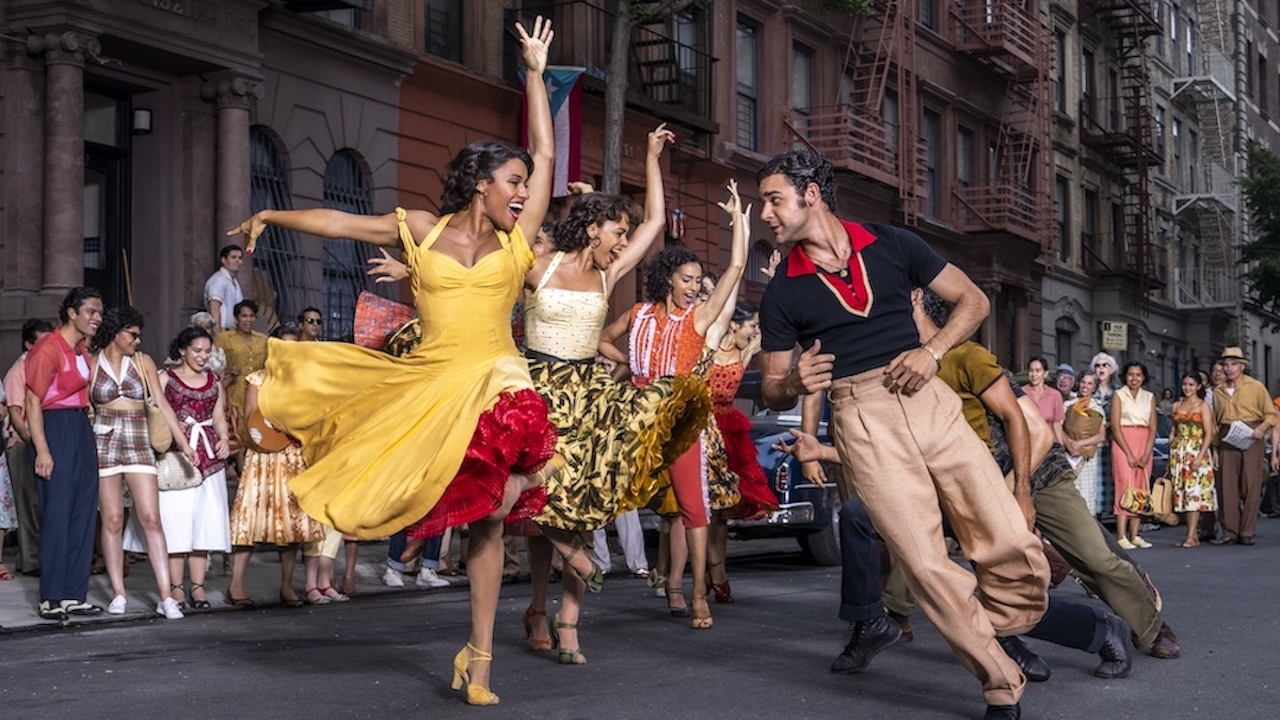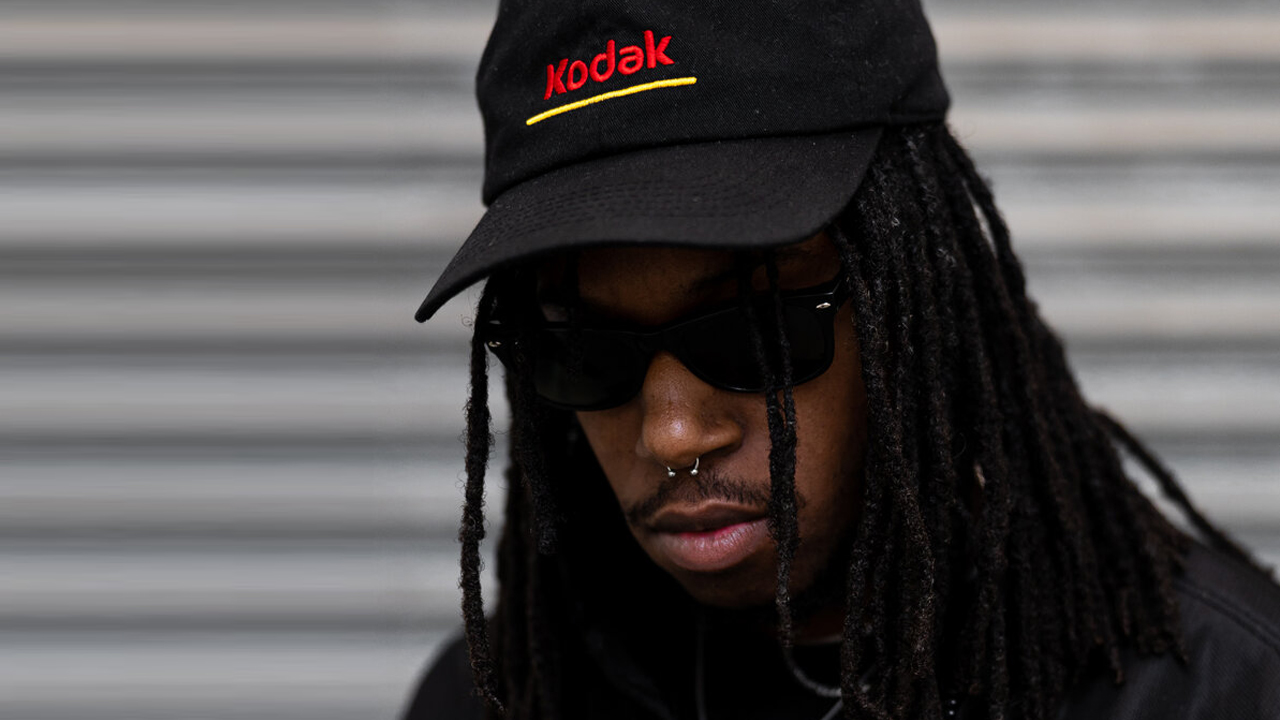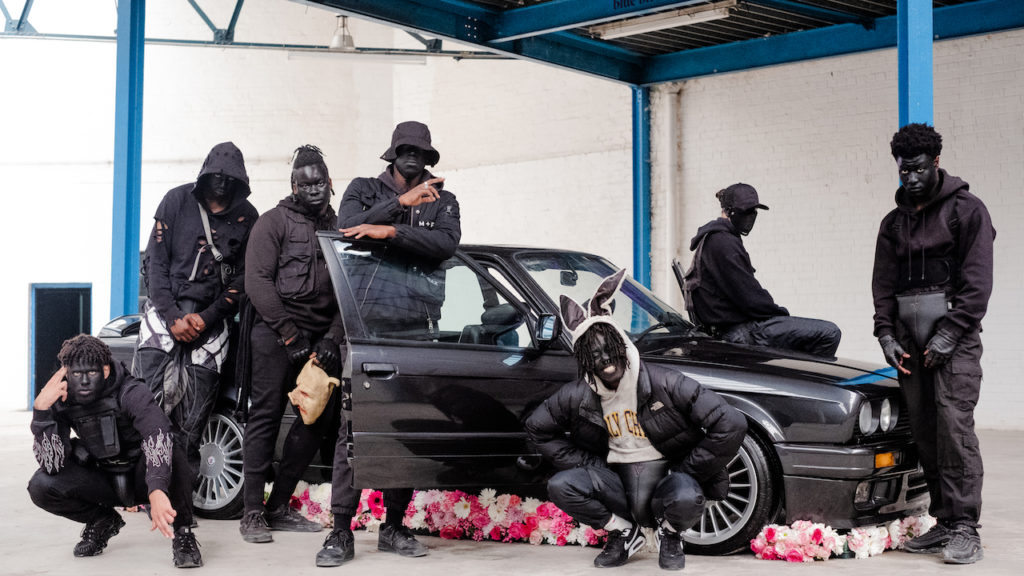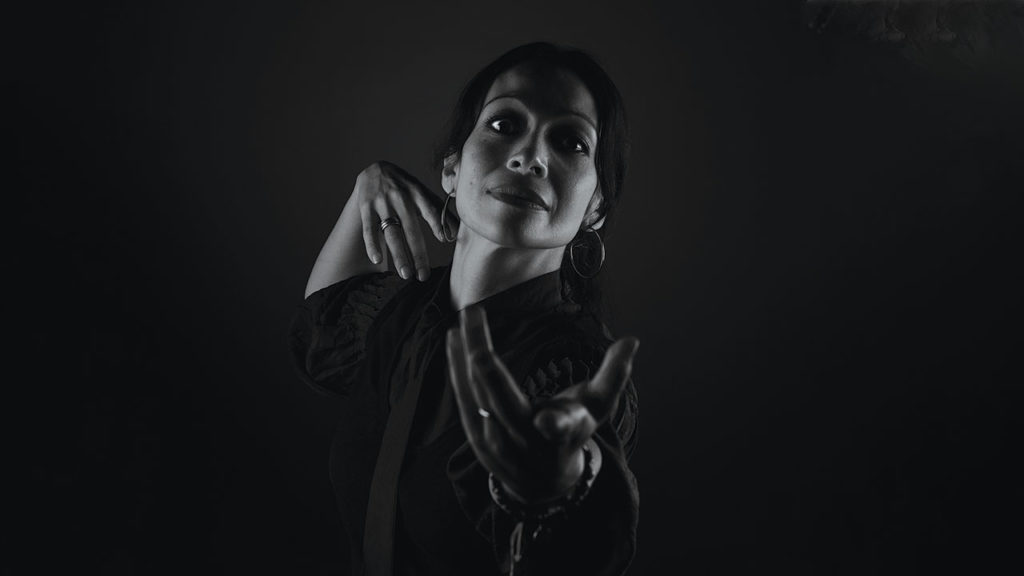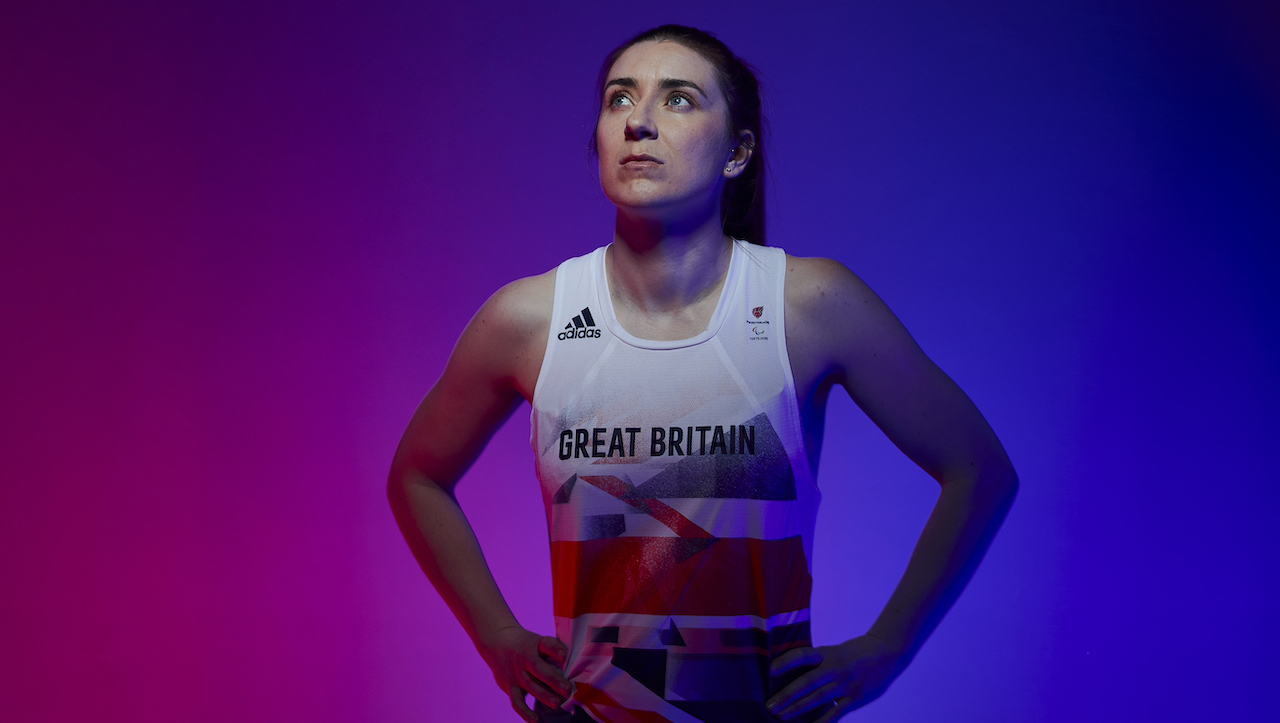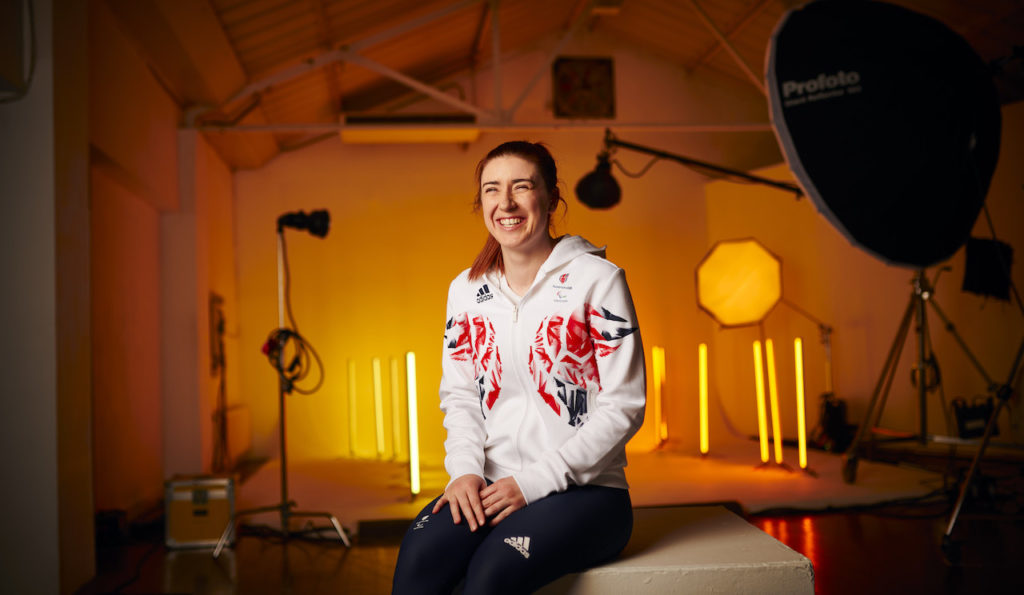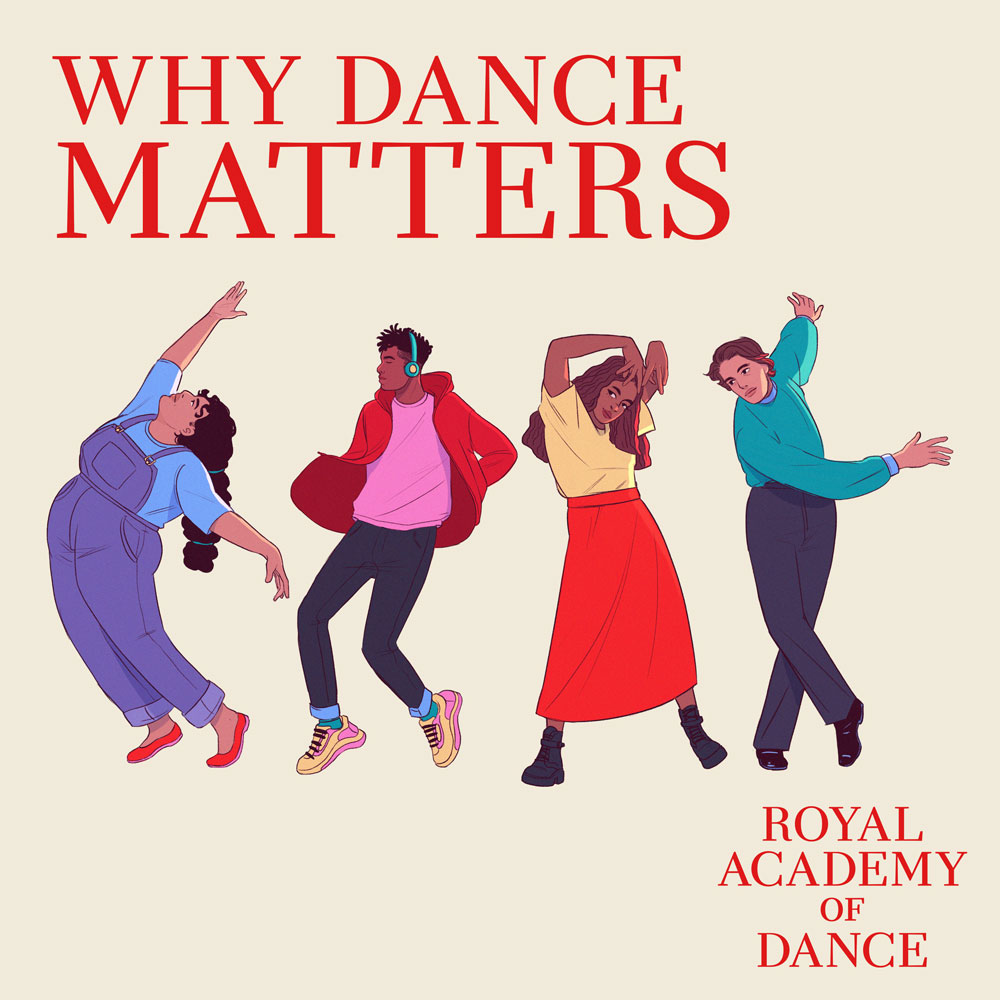For years, West Side Story was inextricably linked to Jerome Robbins’ choreography. On both stage and screen, the iconic finger clicks, bent knees and flaring skirts created an unmistakable movement language of simmering violence and romantic frustration.
Recent stage productions have allowed new choreographers to tackle this juicy material – including Anne Teresa de Keersmaeker on Broadway and Aletta Collins in Manchester. For Steven Spielberg’s new film, it’s Justin Peck, who as resident choreographer at New York City Ballet has danced in many Robbins’ ballets. ‘I’m standing on the shoulders of giants by taking this on,’ he acknowledges.
His grandfather and father watched the original stage production of West Side Story together, and when years later the young Peck saw the film in San Diego, it hit him, he said ‘like a gut-punch.’ Creating dance for Spielberg’s film he could draw on a cast that included not only Rita Moreno – who played Anita in the original film – but a new generation of vivid dancers. This time, Anita is Broadway star Ariana DeBose, who in 2020 told Dance Gazette about her approach to creating a character. ‘It all starts with movement,’ she said, ‘point blank, end of story. Because body language is everything.’
Watch
West Side Story trailer

